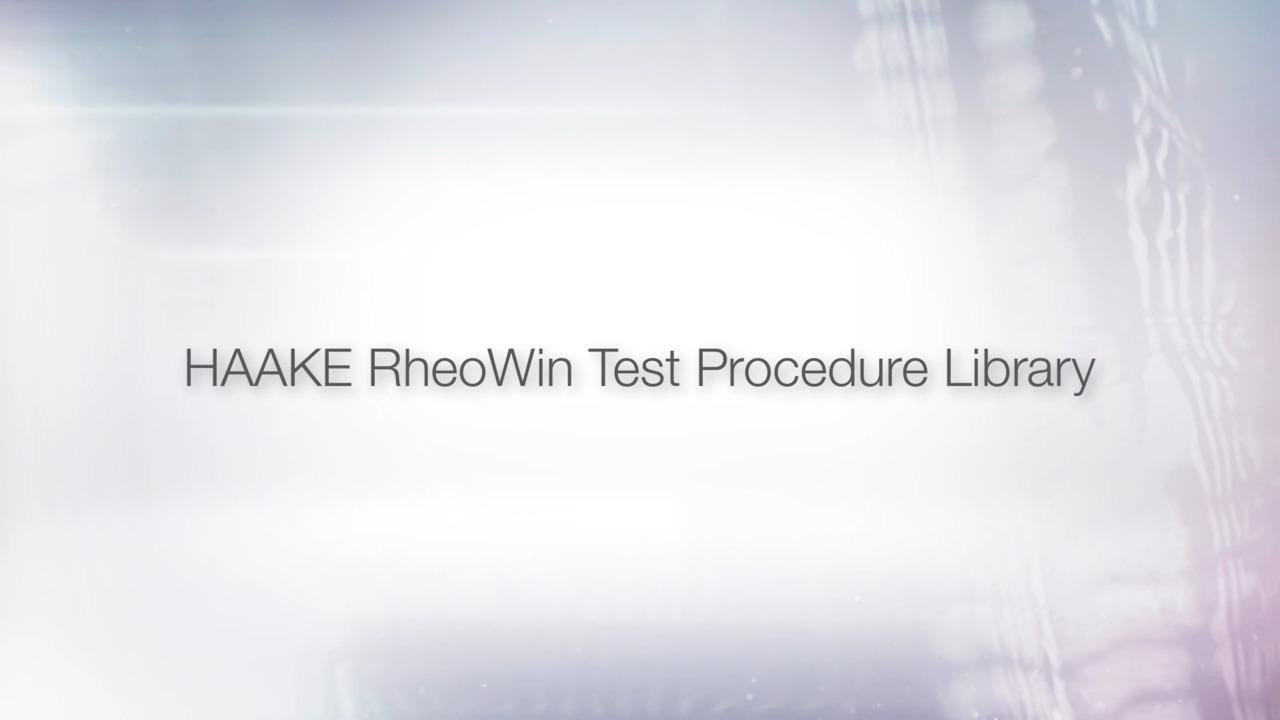Search Thermo Fisher Scientific
Learn to maximize rheometer efficiency
Rheometers can determine key properties such as steady shear viscosity, yield stress, viscoelasticity, morphology, droplet size distribution and stringiness.
Material scientists in applied R&D, advanced quality control, and academic research use Thermo Scientific rheometers to determine these properties as well as to help increase workflow efficiency and minimize operator error while analyzing.
Watch these webinars and tutorials to better understand the rheological properties and behavior of materials under various operating conditions, which is fundamental to helping to ensure efficient operation and quality.
Basics of rotational rheology - 4-part webinar series
In this series of videos, we introduce fundamental rheological concepts, standard measurements to investigate flow and deformation behavior, and connect results to actual applications.
Part 1: Theoretical background and measurement of the dynamic shear viscosity development and formulation
Review the definitions of basis rheological terms and parameters, and the factors affecting viscosity including temperature, shear rate, and pressure.
Part 2: Yield stress and the time-dependent flow
Learn the methods for determining yield stress, and time-dependent flow behavior like thixotropy and rheopexy.
Part 3: Viscoelasticity and creep recovery tests
Examine general considerations on viscoelastic behavior.
Part 4: Viscoelasticity and oscillatory tests
Dive into rheology in oscillatory shear mode, including theory and parameters such as phase angle and complex modulus, and explore oscillatory test methods and practical examples including amplitude, frequency, time, and temperature sweeps.
Better rheological results webinar series
Watch these webinars to review and learn more about avoiding simple mistakes in sample handling, setting up the best test method, and selecting the right measuring geometries. Getting these initial steps right can help ensure the best possible results from your rheological measurements and consistently good quality products at the end.
Prevent mistakes: What to do before pressing the start button
Rheological testing is often impacted by simple mistakes. Learn what to do from the start.
Select the correct measuring geometry
Select the optimal geometry according to type of rheometer, test conditions and sample properties.
Application-related webinars
Watch these webinars to discover how rheometers are used to benefit products in various industries.
Applied polymer rheology
An overview of techniques for the investigation of solid and molten polymers.
Introduction to tribo-rheometry
Learn how to perform tribology measurements on rotational rheometers and view examples of practical applications.
Rheological measuring methods for investigating material properties of UV-light-curing adhesives
Discover how the established measurement method of rheology can help investigate the change of sample properties before, during, and after photolytic curing reactions to support new material development.
Understand flow behavior of food products, from processing to mouthfeel
Understand how to meet technical requirements and customer expectations for texture and mouth feel, as well as for processing of a variety of foods.
Rotational rheometry for QC and research on battery slurries and semi-dry cathode films
Understand the behavior of your electrode slurries, and how proper mixing and homogenous coating processes are essential for achieving batteries with a high capacity and high number of charging cycles.
Thermo Scientific HAAKE RheoWin Software tutorials
Additional resources
For Research Use Only. Not for use in diagnostic procedures.

